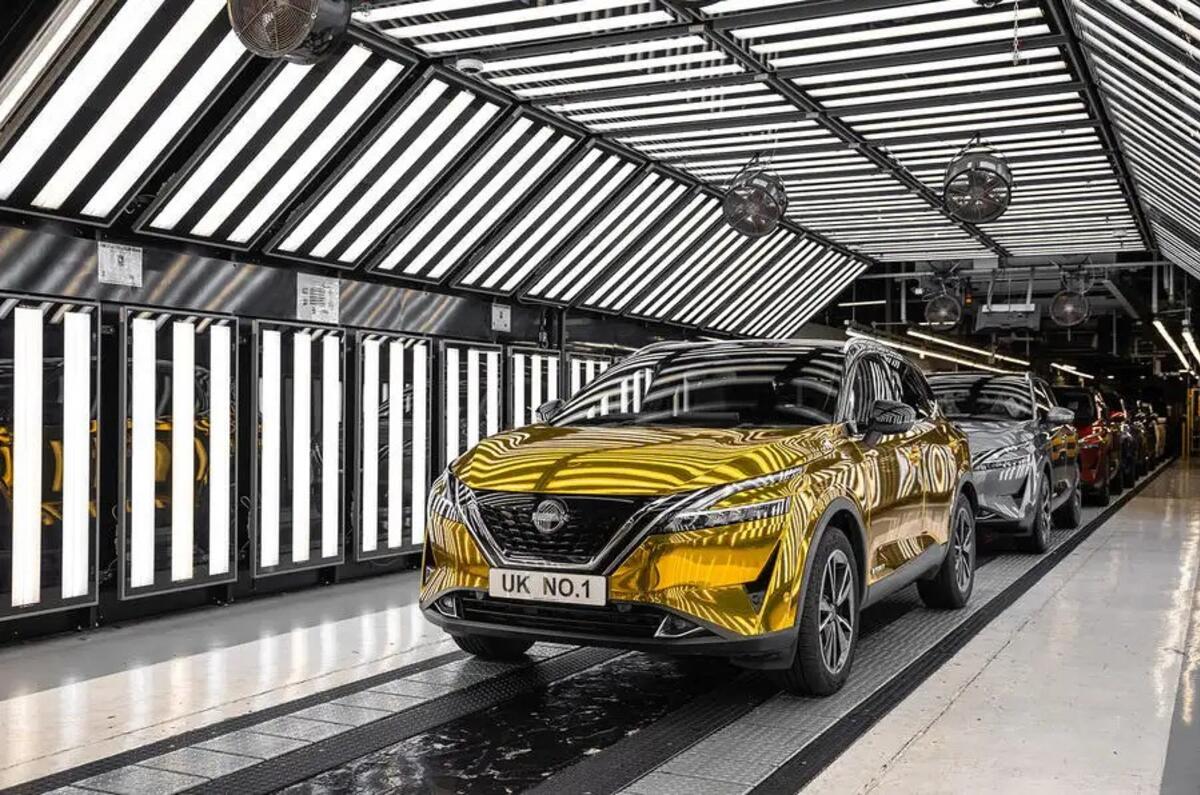Nissan’s new Arc global mid-term plan carrying it to 2026 included a promise that we haven’t heard from a manufacturer for a while: it wanted to lift annual sales by a million.
The announcement last week included an admission by CEO Makoto Uchida that the mid-term plan it succeeded, called Nissan Next, had a flaw.




Add your comment